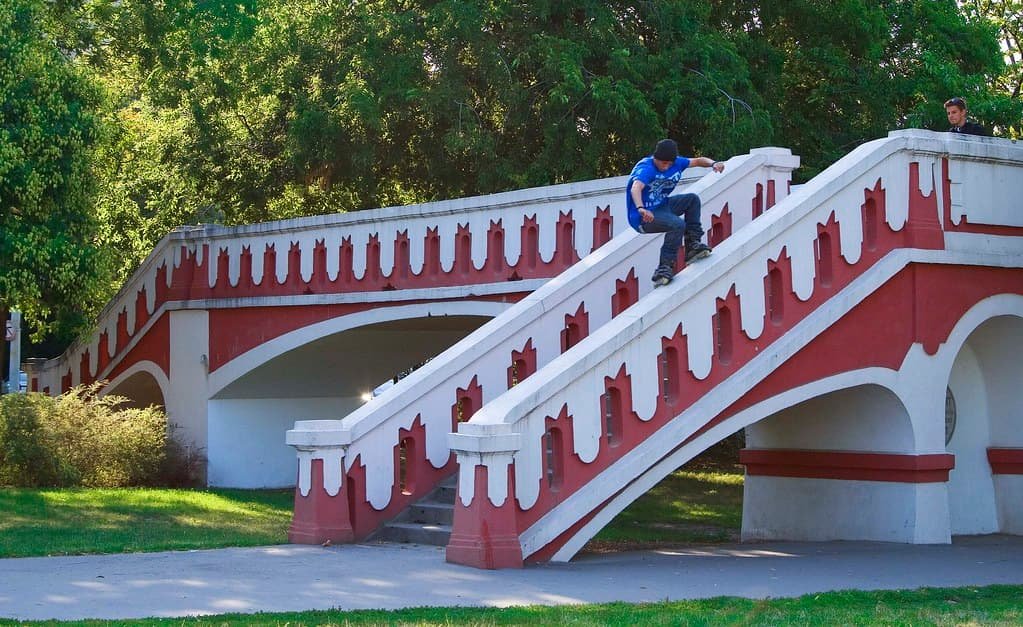inner struggle
confrontation
Fear of crowds.
Or is it fear of people?
Many people with anxiety struggle with this phobia, but what could be behind it? Because the symptoms we experience on the surface are just the tip of the iceberg.
The feelings we experience in the present are manifestations of countless past experiences that we may have long forgotten, but on a deeper level, these memories continue to resonate as stored information.
Like the black box of an airplane.
Thus, traumatic experiences also live on as defining imprints in the subconscious layers of our mind, which strongly influence our belief systems — and ultimately our own subjective reality.
The mind constantly presents us with “evidence” of these internal convictions, as if holding up a mirror.
And if we have a wound somewhere — one we refuse to acknowledge — over time it will send louder and louder signals.
The state we now label as panic disorder is not experienced the same way by any two people. Everyone has different things in the background. Countless experiences, traumas, causes and effects can lead someone to this point.
We might only perceive the final manifestations of these. But underneath, there are many layers — and if we start peeling and analyzing them one by one, we might get somewhere.
For me, fear of crowds and the compulsive drive to face them brought some of the most difficult confrontations with myself.
For a long time, I proudly stated: “I don’t care what other people think.”
And I often backed this up with arrogant, dismissive behaviors — toward both myself and those around me.
But after a while, my body started showing me something else. And the body never lies.
This is how the soul communicates with us: in the form of physical sensations.
If you keep repeating something to yourself like a mantra, chances are the opposite is vibrating beneath the surface.
The brave and strong Dani. The terrified, weak Dani… The one who doesn’t care what people think. Or the one whose life is entirely ruled by a compulsive need to be liked.
In some way, this is what rollerblading was about too. I wasn’t allowed to fail — not to myself, not to others. I had to overcome my limits. Literally.
It was easy to believe this after bursting out of my comfort zone, shaking from the adrenaline rush. But at a certain point, I couldn’t keep fooling myself anymore, and it took an injury that made those momentary victories impossible.
Over time, I had to realize that all those years of boldness were nothing more than compensation for the fear that had always weighed on me deep down.
After I got injured, it only took half a year for it to weave itself into everything around me.
Even then, my approach didn’t change much. I saw this state as something I had to confront head-on.
Because if I didn’t, it would just retreat to the background and whisper in my ear: “Sure, rest all you want… but don’t forget about the anxiety.”
Because maybe it’ll strike when I least expect it.
And with that, the “what if” program kicked in.
Familiar, right?
– What if I get so weak I won’t survive the next episode?
– What if I faint?
– What if I have a heart attack?
– What if I die?
In the end, this last one is the root behind all the “what if” thoughts.
That was the heart of my compulsive confrontations.
It gave me at least a small sense of peace. I could confirm to myself: I survived, I’m still capable, I stayed in shape, etc.
That’s how I was with everything that felt like a challenge back then — especially everyday situations where I had to share a space with many people.
So basically, everywhere in the city.
Because what are these situations really about?
– Why was I so anxious, especially around people?
Sometimes it’s worth questioning the root — again and again — as far back as we can.
– So?
– Umm… because… Just.
– Just say it, Dani, for fuck’s sake!
– Okay. Because I was terrified of people.
– Okay. Why was I so terrified?
– Because I was afraid they’d notice me. Really notice me.
– And why is it bad to be noticed?
– Because then they might also notice if I’m not okay.
– And why is that a problem?
– Well… who knows… maybe because they’ll look at me funny, judge me, whatever.
– And who the hell cares?
– I mean… yeah… good point.
See? Your life is ruled by a compulsive need to be liked. No matter how much you deny it.
Now that we’ve peeled off the first few onion layers… Will you still have symptoms in the future?
Of course you will.
Because the root of those beliefs lies much deeper than we think. And that’s the whole point.
It’s not on the level of thoughts.
We might be able to understand and analyze the first few layers, draw some conclusions — but when someone is deeply traumatized, symptoms won’t just disappear from that alone.
Sure, it’s a good starting point to observe yourself from a few steps away. That way, you can take the first few steps within the scope of your conscious mind.
But real change doesn’t happen on the surface. You have to dive into the depths.
Because the conscious part of us is just the tip of the iceberg.
In fact…
What if the anxiety you so strongly identify with isn’t even yours?
Have you ever thought about that?
What if you're carrying the unresolved energy of one of your ancestors, deep down at the bottom?

